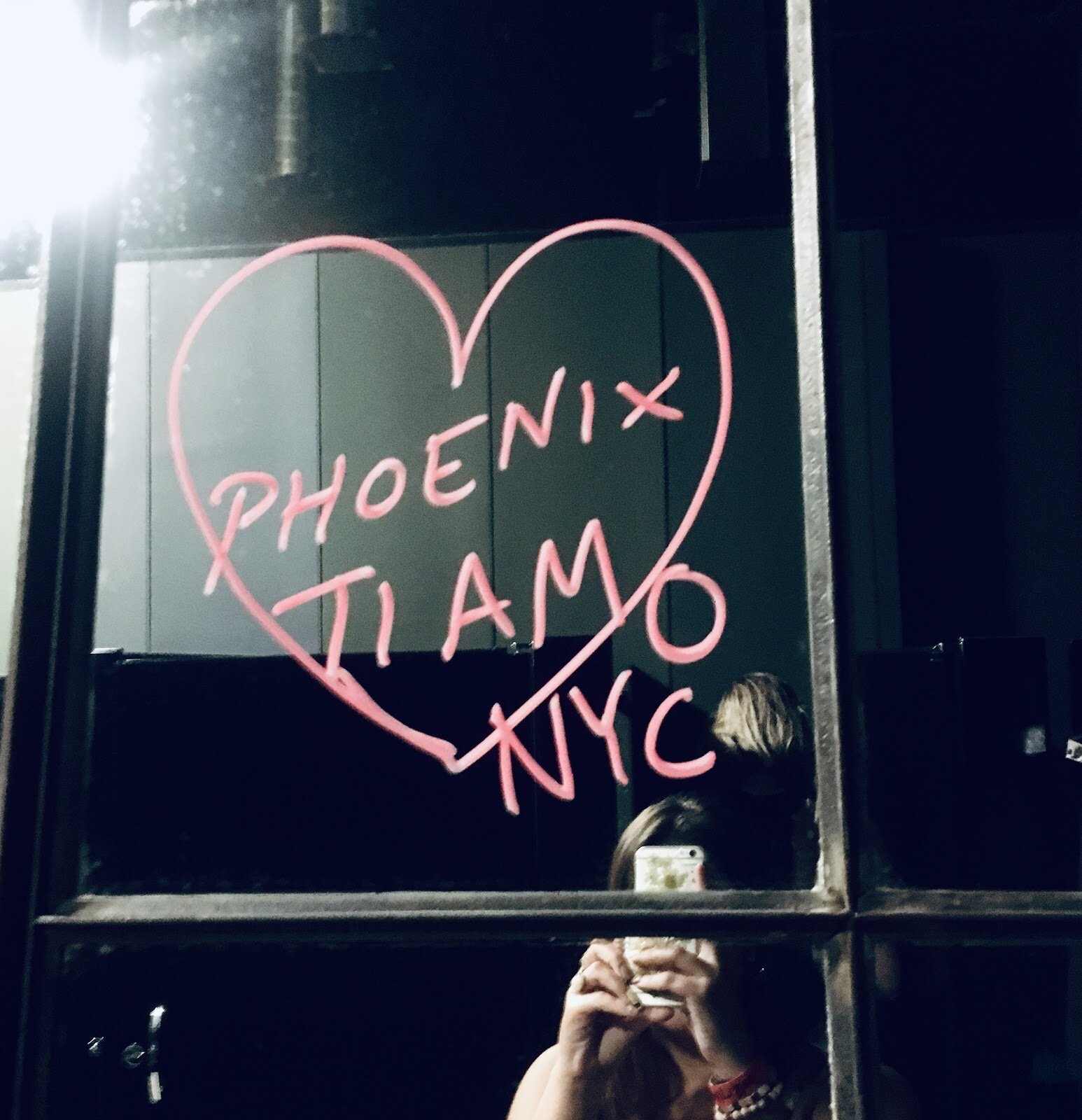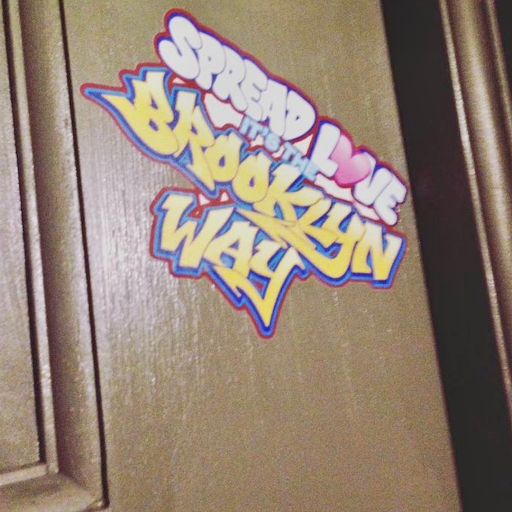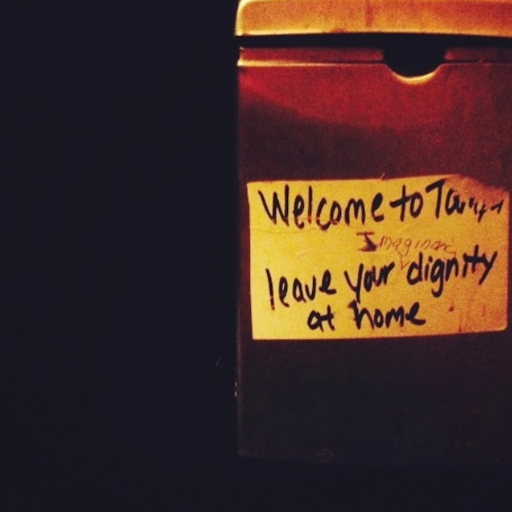One Person’s Vandalism is Another Person’s Artistic Form of Communication
How Graffiti Has Shaped Communication From Ancient Rome to Modern-Day Brooklyn
By: Leila Escandar
In my freshman year of high school, I got really into the spoken word poet/rapper/writer Saul Williams. The second book of poetry I read by him was The Dead Emcee Scrolls, which I wasn’t able to really compare to anything until years later when I read the writing of jazz poet Nathaniel Mackey. They were similar because of the scope of work in relation to its intention. Like Mackey with this mythical concept of “mu” that carried through his epic poem published in book form as Splay Anthem, Williams wrote an epic poem published in book form as The Dead Emcee Scrolls that revolved around a mystical idea.
This idea is that he had discovered the “lost teachings of hip hop” through scrolls found in discarded spray paint cans in the underground tunnels of Brooklyn subway stations. I never fully understood the connection of the scrolls and graffiti until reading a chapter in Tom Standage’s Writing on the Wall.
Roman Era Graffiti & Modern Day Message Boards
While the wealthier Romans could afford to correspond regularly through sending scrolls to friends, family, and peers within their direct area and outside of their city, not everyone had the luxury of communicating this way. It wasn’t until about a decade ago that scholars found that a major form of communication in Ancient Rome was through graffiti everywhere from the walls of public buildings to private residences.
The Romans utilized graffiti as a tool akin to the originally deemed “Facebook wall,” which we know today as the “Facebook timeline.” It feels like Facebook has actually changed since the change in diction regarding what our profiles are called. It felt far more casual when it was a “wall,” something fun that could be written on by you or your friends. Perhaps this metaphor extended further with the idea of “tagging” your friends in posts or photos on your “wall.”
The origins of Facebook felt far more surface-level socially; it was used as a platform where you could say silly stuff to engage with your friends, and they could post things they could have told you in person on your “wall” instead because it was fun and novel. It could be used to send more serious political or societal messages, but mostly existed as a form of communicating with others, like Ancient Roman graffiti.
Ancient Roman era graffiti was not viewed as vandalism or perhaps even art, which are the two main ways we view graffiti in the grand scheme of things in modern era America today. Instead, it was merely a way of communicating messages among friends and lovers in a personal sense and sending messages that would resonate throughout the public in a political or societal sense.
It functioned as a public message board that transmitted personal messages for a specific audience or a specific person, like our Facebook profiles. It functioned as a public message board to promote specific ideas for topics of political/societal concern for a target audience, like a campaign ad or slogan. It functioned as a public message board to facilitate messages that brought up topics worthwhile for discussion that was anonymously sent to the general population, like a Reddit thread.
Writing on the [Bathroom] Wall





It is interesting to consider in what ways we still use graffiti modern-day as a form of communication akin to the ancient Romans. This thought drew me beyond our general idea of graffiti, which is tagging on the outside of buildings and structures in spray paint that is done in the protection of nightfall. This is something I find very compelling, but perhaps even more so compelling is the graffiti scribed on the bathroom walls and stall doors of bars, restaurants and music venues (typically also done in the protection of nightfall). You know when you are somewhere that does not consider graffiti a form of vandalism, for the most part, even before you excuse yourself to use the restroom. The level of graffiti an establishment allows, though, noticeably varies.
There are restaurants & bars & venues that have walls that are chalkboards and leave out chalk throughout, promoting this idea that you should write on the walls. They want you to send other messages to patrons but they want it done in a way that is not permanent, yet still facilitates a sense of positive energy and desire for their patrons to have a good, fun time. They may also use this form of communication as a way of marketing or to create an experience.
There are places that not just encourage graffiti, but seemingly view it as an art form that encapsulates their establishment (like many establishments in the Lower East Side or East Village of Manhattan). This can come in the form of Sharpie scribed messages for others to read that are to the point like, “Stacey and Mark 4ever” or perhaps profound, like, “You are who you are and you are here right now.” It can come in stickers to promote bands, art, or businesses.
One thing that is to be said about all these different forms of bathroom graffiti, though, is that they serve as an emblem of a certain place at a certain time, like how temporary bar closures and permanent shop closures throughout NYC in 2020 brought upon a new trend of using boarded up storefronts as canvases. Through bathroom graffiti, like all graffiti I suppose, we know exactly where we are and what being in this place means.
It is a time capsule somewhat like that which was found in the graffiti preserved from ancient Roman times, but perhaps far less meaningful. I am a fan of bathroom graffiti because it signifies I am somewhere that I know appreciates art, even if that art may be profane or juvenile. Nevertheless, it is an expression of the people who attend that establishment, which can be a beautiful thing or a terrible thing depending on where you are.
About the Author
Leila Escandar is a writer of all things, including (but not limited to) blog posts, copy, academic papers, creative non-fiction, poetry, novel-length text messages, witty Instagram captions, and sometimes purely useless information. She currently resides in Brooklyn, NY, and is an almost-alumni of Brooklyn College.

